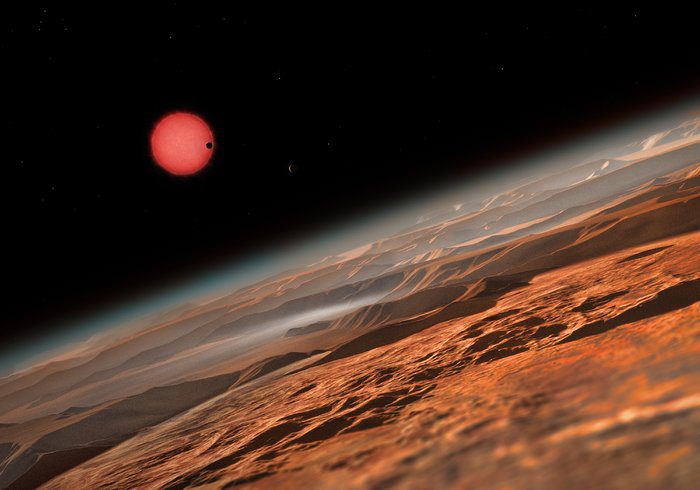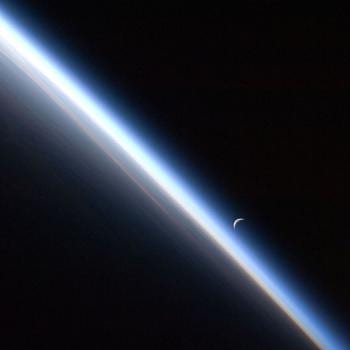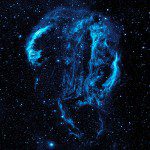
Professor Joshua N. Winn, an astrophysicist at Princeton University, has an interesting article in the current (March 2018) issue of Scientific American titled “Shadows of Other Worlds.” I shared a few notes from it on Saturday. Here are some further items:
The Kepler satellite, which has contributed hugely to identifying exoplanets, is about to retire. However, it has already found about a dozen potentially rocky planets — that is, somewhat Earth-like solid planets, rather than gaseous or molten ones — in the habitable zones of their stars.
“Now all we need to do is divide by the number of stars that Kepler searched to calculate the percentage of stars with Earth-like planets, right?”
Remember that Kepler’s telescope pointed in only one direction, and that it could view only 1/400th of the sky.
“It sounds simple. In practice, the calculation is extraordinarily complex. It is not obvious how many stars that Kepler looked at were small, bright and stable enough for the telescope to have been capable of detecting Earth-like planets around them. Figuring this out will require another year or so to scrutinize the data and establish the properties of the stars.”
***
The fact that our universe seems designed to bring forth life, and even conscious life, has drawn well-deserved attention — including this response:
“Here is the cosmological proof of the existence of God — the design argument of Paley — updated and refurbished. The fine tuning of the universe provides prima facie evidence of deistic design. Take your choice: blind chance that requires multitudes of universes or design that requires only one. . . . Many scientists, when they admit their views, incline toward the teleological or design argument.”
Edward Robert Harrison
Edward Robert Harrison (1919-2007) was a prominent Anglo-American scientist who published more than 200 papers, primarily in astrophysics and cosmology, but also in the space sciences, high energy physics, plasma physics and physical chemistry. At the time of his death, he was emeritus Distinguished University Professor of Physics and Astronomy at the University of Massachusetts and an adjunct professor at the Steward Observatory of the University of Arizona.












